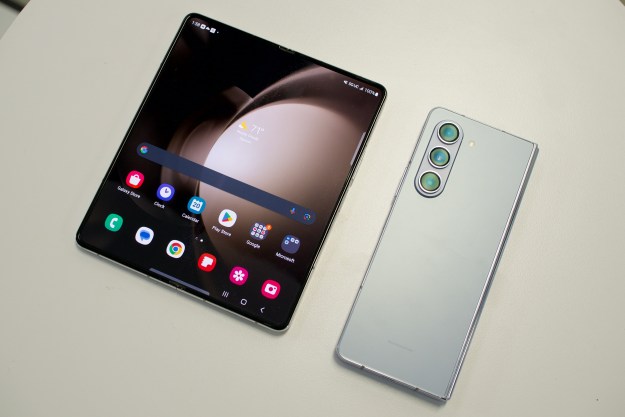Though Nokia is switching its efforts from Symbian to Windows Phone in the next year or so, it’s efforts to break back into the U.S. market are already heating up. Today, the Finnish phone maker unveiled the Nokia X7 and Nokia E6, two new smartphones using a revamped version of Symbian called “Anna.”

Much like the T-Mobile Astound, which was shown off at CTIA a few weeks ago, both the Nokia X7 (specs) and Nokia E6 (specs) feature an enhanced version of Symbian with a much better Web browser, a new keyboard with Swipe, and a more responsive touch interface. However, Nokia has gone a step further with these new devices, improving its turn-by-turn Ovi Maps application, redoing the aging Symbian operating system icons, and adding some enhanced security features. The hardware seems to be improved as well. Both phones have a stainless steel frame with a tighter design than we’ve seen on Nokia devices lately. The X7, in particular, is quite thin looking, which goes nicely with its 4-inch screen.
“We are further strengthening Nokia’s smartphone portfolio with these two new devices, both of which offer a more beautiful and intuitive user experience that will soon also be available for the Nokia N8, Nokia E7, Nokia C7 and Nokia C6-01,” said Jo Harlow, head of Nokia’s Smart Devices business. “With these new products and more Symbian devices and user enhancements coming in the near future, we are confident we can keep existing Nokia smartphone customers engaged, as well as attract new first-time and competitor smartphone users.”
It is strange that these common-sense changes weren’t made a year or two ago. It could have saved some of the 6,000 jobs Nokia is now forced to cut. Are the looming job cuts partially responsible for this sudden surge in Symbian usability?
No U.S. wireless carriers have picked up the Nokia X7 or E6 yet. However, the X7 was originally slated to come to AT&T earlier this year, but was pulled because the carrier wasn’t willing to fully support it.
The videos below give a better look at both devices.
Nokia X7
Nokia E6

